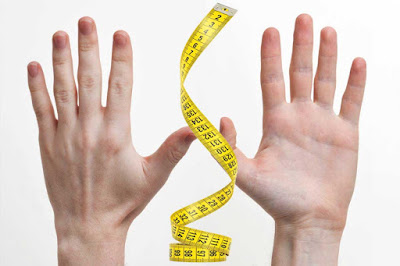
Every human being has some small fingers and some big fingers, whether they are hands or feet.
Have you ever wondered why each of our fingers is different from the other and why both hands and feet are the same?
Why do we have different-sized fingers?
Technically:
Experts have told us that each finger naturally has some pressure points directly related to the brain and nervous system.
The fluid in the veins that connects to the nervous system cannot travel long distances because it has to do its job in the blood circulation system in the heart and liver, etc., which is why the finger size is limited to the area where your brain and nerves can work efficiently.
Another reason is that the fingers have tissues called fatty pads that connect one bone to another, and these fatty pads release some moisture from the inside of the palm of the hand, where a collection of bones is formed. In fact, these fluids increase or decrease the size of the fingers.
Theoretically:
Various researchers have suggested different theories about why we have different-sized shaped fingers. One theory states that a good grip was required to make good tools, so those who adapted themselves to such a grip survived, while others died. For a powerful grip, all fingers must be of different sizes, with the middle finger the longest and the most effective.
- When you lift a mass, the middle finger supports about 80% of the entire mass.
- The first finger with the thumb allows us to grip an object softly.
- The 3rd and small fingers are assists and guides for delicate motor motions.
- Every finger is specialized in one aspect and supports at least one more.

One of the most popular theories states that a better grip was required to make better tools, so those who adapted to such a grip survived, while others perished.
A man can securely hold a heavy ax with non-uniformly shaped fingers.
What would happen if all five fingers were of equal length?
If they were all the same length, then we would have had specialized hands in the sense that we would be very good at gripping items of specific sizes/shapes but not so good at gripping items of other sizes. If our fingers were the same length, our hands wouldn't be such flexible tools. When we hold a spherical thing like an apple in the palm of our hand, the fingers bend around evenly, giving us a firm grip. Strong thumbs and tapering fingers enabled early humans to use specially shaped stones to smash, scrape, and cut other things. Besides precision grips, our different-sized fingers also provide stable assistance for leaning or crawling on our hands.

And the thumb, which is a vital evolutionary asset, would be lost if all five fingers were of equal size.
